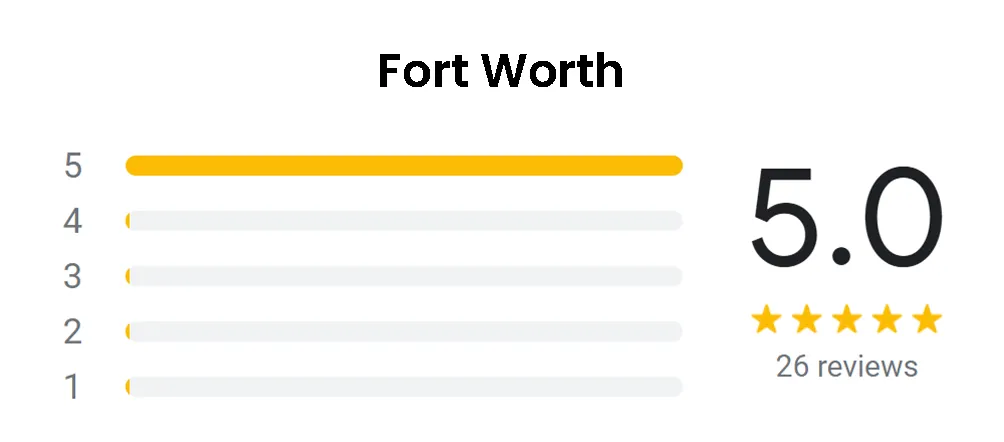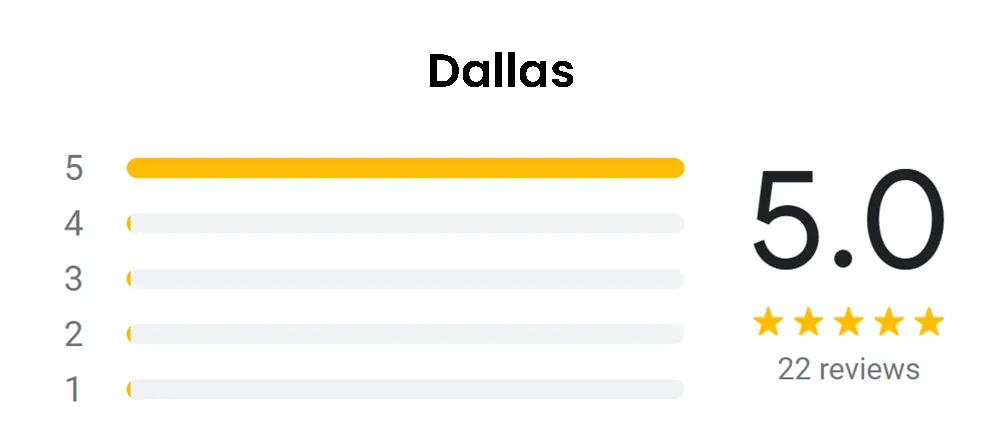
Mosquitoes are pesky insects that can ruin a peaceful evening outdoors. They're not just bothersome; they can also spread illnesses like malaria, dengue fever, and the Zika virus. To combat these pests, many people turn to mosquito lamps. But how do the lamps work and how can we use them effectively?
Mosquito lamps, also known as bug zappers or insect traps, operate by luring mosquitoes using light and dispatching them through electrocution. They typically use ultraviolet light, which is attractive to mosquitoes and other flying insects. Once the mosquitoes are lured in, they come into contact with an electrified grid that kills them instantly. So, if you come here to ask if do mosquito killer lamps work? The answer is yes. Mosquito lamps can be an effective way to control the mosquito population in your yard or outdoor area.
To use a mosquito lamp effectively, it is important to place it in the right location. Mosquitoes are attracted to standing water, so if you have a pool or pond, make sure the lamp is placed nearby. Additionally, the lamp should be placed away from areas where people will be congregating, as the light can also attract other insects. It is also important to clean the lamp regularly, as dead insects can accumulate and reduce its effectiveness. By adhering to these guidelines, you can relish a mosquito-free experience in outdoor space with the help of a mosquito lamp.

Mosquitoes pose a dual threat as both an annoyance and a health risk. They are notorious for transmitting diseases like malaria, dengue fever, and the Zika virus. Consequently, implementing mosquito control measures is imperative to curb the spread of these illnesses.
One of the ways to control mosquito populations is by using mosquito killer lamps. Such lamps operate by enticing mosquitoes through ultraviolet light and subsequently ensnaring them either via a fan or adhesive pads. They offer a safe, efficient, and user-friendly solution to mosquito control.
Using mosquito killer lamps can also reduce the need for harmful chemicals such as pesticides, which can have adverse effects on the environment and human health. Mosquito lamps are also affordable and can be used both indoors and outdoors.
In addition to using mosquito lamps, other measures can be taken to control mosquito populations. These include removing standing water where mosquitoes breed, using mosquito nets, and wearing protective clothing.
Overall, mosquito control is crucial for preventing the spread of mosquito-borne diseases. Employing mosquito killer lamps stands as a potent strategy to manage mosquito populations and diminish the likelihood of disease transmission.

Mosquito lamps have emerged as a favored solution for individuals seeking to deter mosquitoes and other airborne insects. Wondering how do mosquito lamps work? These lamps work by emitting a light that attracts mosquitoes and other insects. Once the insects are drawn to the light, they are then trapped inside the lamp where they are killed.
One of the main benefits of using a mosquito lamp is that it is a chemical-free solution. In contrast to conventional insecticides, which may pose risks to humans and pets, mosquito lamps rely on a blend of light attraction and physical trapping mechanisms to capture and eliminate insects. This characteristic renders them a safer and eco-conscious alternative, particularly for individuals wary of the potential health hazards linked with chemical insecticides.
Another advantage of using a mosquito lamp is that it is easy to use. Simply plug the lamp in and turn it on. Most lamps have a range of up to several hundred square feet, rendering them well-suited for utilization in outdoor settings like patios, decks, and camping sites.
When employing a mosquito lamp, it's crucial to position it in an area where mosquitoes are prone to gather. This may include areas near standing water, such as ponds or lakes, as well as areas with dense vegetation or other areas where mosquitoes tend to congregate.
Overall, mosquito lamps are an effective and easy-to-use solution for those looking to keep mosquitoes and other flying insects at bay. By using a combination of light and physical traps, these lamps are able to attract and kill insects without the use of harmful chemicals.
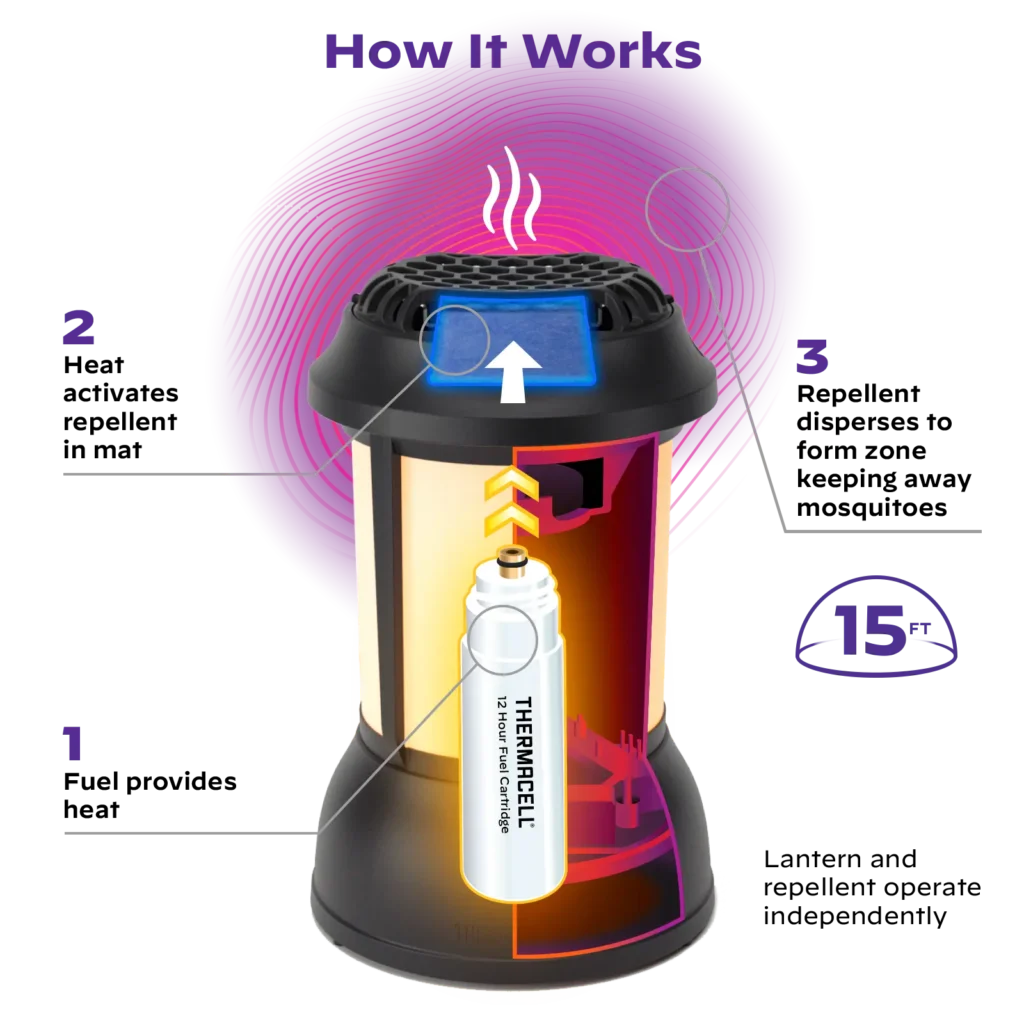
In the battle against mosquitoes, particularly in outdoor settings, the mosquito lantern stands out as a superior solution that combines aesthetic appeal with effective pest control. These lanterns, often styled to complement outdoor decor, serve a dual purpose: providing light and simultaneously acting as a powerful mosquito repellent light. Unlike traditional methods that rely on chemical sprays or electric zappers, mosquito lanterns utilize safe and environmentally friendly technology to create a protective barrier against these pests.
Mosquito lights for outdoor areas are particularly useful in settings such as backyards, patios, and decks where people gather and spend time during warmer months. These lights emit a wavelength that is unattractive to mosquitoes, effectively reducing their presence without the use of harsh chemicals. The technology behind mosquito light repellent devices is designed to be both safe and energy-efficient, making them a preferred choice for families and eco-conscious individuals alike. By integrating these mosquito lights into your outdoor areas, you can enhance your outdoor experiences while keeping the environment free from pests.
When deciding on the best option for mosquito control in your outdoor spaces, it's essential to understand the differences between a mosquito lantern and a mosquito lamp. Mosquito lanterns are typically designed as portable units that can be easily moved around or hung from various points in your yard. They often utilize a combination of light and heat to attract mosquitoes and may also include an optional octenol or Lurex cartridge to enhance their effectiveness. This makes mosquito lanterns ideal for gatherings in your garden or on your patio, serving not only as effective bug repellent lamps but also as decorative elements.
On the other hand, mosquito lamps for patio use are usually more robust and are designed to cover larger areas. These lamps often feature stronger light sources combined with UV technology to attract a wider range of flying insects. Mosquito lamps are generally more permanent fixtures compared to the versatile mosquito lanterns, making them a better choice for continuous and extensive coverage. Additionally, many mosquito lamps for patio use are part of integrated outdoor bug repellent lights systems, which can include several units strategically placed to maximize the area of protection, providing a comprehensive shield against mosquitoes and other pests.
Mosquitoes are attracted to humans and animals for a variety of reasons. The primary reason is the presence of carbon dioxide (CO2) in exhaled breath. Mosquitoes possess the ability to detect CO2 from distances of up to 75 feet, enabling them to pinpoint potential hosts. Other factors that attract mosquitoes include body heat, moisture, and certain scents.
Mosquitoes use a combination of visual and olfactory cues to detect potential hosts. They are particularly attracted to the carbon dioxide and lactic acid present in human breath and sweat. Mosquitoes also use their sense of sight to locate potential hosts, particularly in low light conditions.
Carbon dioxide, heat, and scent are all important factors in mosquito attraction. Mosquitoes are drawn to carbon dioxide emitted by humans and animals during respiration, as well as the warmth and moisture generated by our bodies. Additionally, specific scents, including those emitted by bacteria on the skin, can also attract mosquitoes.
Mosquito traps are designed to mimic the cues that attract mosquitoes to humans and animals. Many traps use a combination of heat, light, and scent to lure mosquitoes into a trap, where they are then killed. For example, mosquito killer lamps utilize UV light to entice mosquitoes, and the use an electric shock to dispatch them. Indoor mosquito killer lamps can be an effective way to control mosquito populations in enclosed spaces.
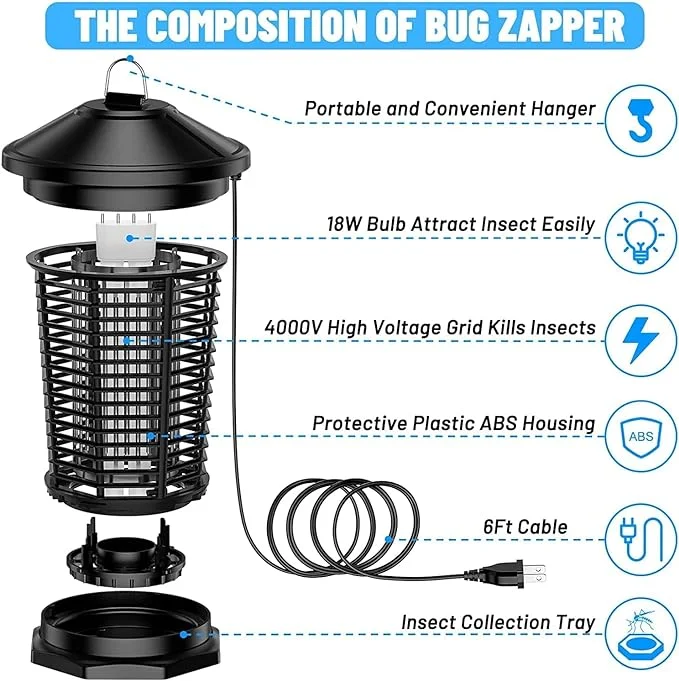
Mosquito lamps are an effective way to control the mosquito population in your home or outdoor space. These lamps work by attracting mosquitoes towards them and then killing them using various methods. In this section, we will discuss the science behind mosquito lamps and how they work.
There are three main types of mosquito lamps available in the market. Each of these variants employs distinct mechanisms to attract and eliminate mosquitoes.
. These types are:
Mosquitoes are drawn to humans due to the carbon dioxide we exhale, the warmth we emit, and the scent of our skin. Mosquito lamps mimic these human characteristics to attract mosquitoes towards them. The CO2-emitting mosquito lamps emit carbon dioxide, while the heat-emitting mosquito lamps emit heat. UV light-based mosquito lamps attract mosquitoes towards them by emitting UV light, which is similar to the light emitted by human skin.
Once the mosquitoes are attracted towards the mosquito lamps, they need to be killed. There are three main mechanisms used by mosquito lamps to kill mosquitoes. These mechanisms are:
In conclusion, mosquito lamps are an effective way to control the mosquito population in your home or outdoor space. They work by attracting mosquitoes towards them and killing them using various methods. Selecting the appropriate type of mosquito lamp is crucial, tailored to your individual requirements and preferences.
One of the main advantages of using mosquito lamps is that they offer a chemical-free option for repelling mosquitoes. Traditional insect repellents often contain chemicals such as DEET, which can be harmful to both humans and the environment. Mosquito lamps, on the other hand, use natural ingredients such as citronella, eucalyptus, and lemongrass to repel mosquitoes without the use of harmful chemicals.
Mosquito lamps are also very convenient and easy to use. They can be placed in your home or yard, and most models are portable, making them ideal for outdoor activities such as camping or picnics. Additionally, many mosquito lamps are designed to be low-maintenance, requiring only occasional bulb replacement or cleaning.
Another advantage of using mosquito lamps is their environmental friendliness. Unlike traditional insecticides, which can harm beneficial insects such as bees and butterflies, mosquito lamps are generally safe for the environment. Additionally, many models are designed to be energy-efficient, using LED bulbs that consume less power than traditional incandescent bulbs.
Finally, mosquito lamps are versatile and can be used both indoors and outdoors. This makes them ideal for use in a variety of settings, from homes and apartments to parks and campgrounds. Additionally, many models are designed to be weather-resistant, making them suitable for use in a range of climates and conditions.
Overall, mosquito lamps offer a safe, effective, and environmentally-friendly way to repel mosquitoes and other flying insects. Whether you're looking to protect your family from mosquito-borne illnesses or simply enjoy your time outdoors without being bothered by bugs, a mosquito lamp is a great choice.
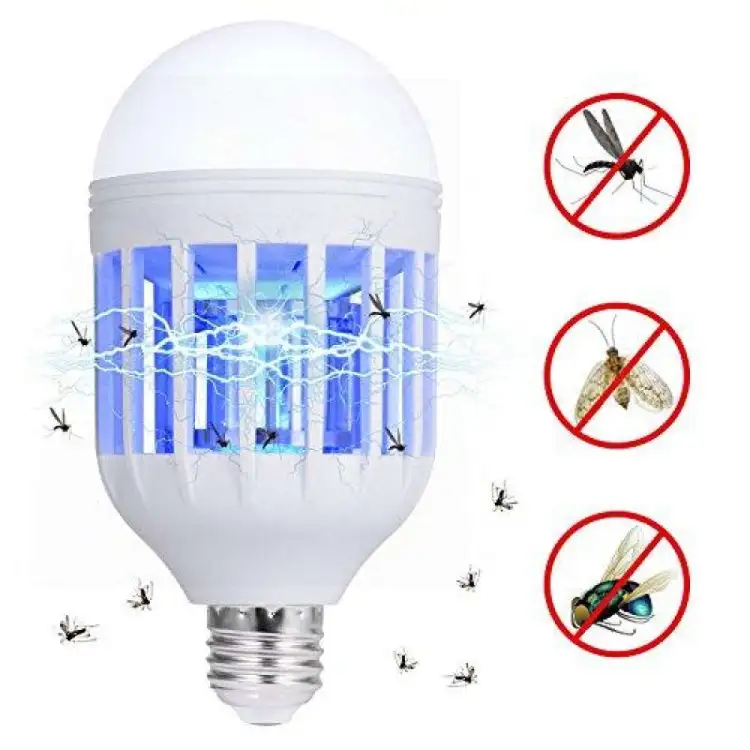
Operating a mosquito lamp is relatively simple. Follow these steps to use your mosquito lamp effectively:
To get the most out of your mosquito lamp, it's important to follow these best practices:
Regular cleaning and maintenance of your mosquito lamp can help keep it working effectively. Here are some tips:
The consumables used in mosquito lamps need to be replaced periodically to ensure the lamp continues to work effectively. Here's what you need to know:
Mosquito lamps may need to be adjusted periodically to ensure they are working effectively. Here are some tips:
Mosquito lamps are effective in reducing mosquito populations, but these devices come with limitations that users should be mindful of. In this segment, we will delve into the constraints and factors to consider regarding mosquito lamps.
The effectiveness of mosquito lamps depends on the area they cover. Most mosquito lamps have a limited coverage area, typically ranging from 100 to 400 square feet. Therefore, users should be aware of the coverage area of their mosquito lamp and ensure that it is appropriate for the size of the area they want to protect.
Mosquito lamps are also affected by weather and climate conditions. They are less effective in windy conditions, as the wind can disperse the attractant and reduce the effectiveness of the lamp. In addition, mosquito activity is higher during warm and humid weather, which can affect the effectiveness of the lamp.
Biological control for mosquitoes offers an environmentally friendly alternative to chemical insecticides, focusing on using natural predators and biological agents to regulate mosquito populations. This approach, known as biological control of mosquitoes, involves introducing or enhancing the populations of natural enemies of mosquitoes, such as certain fish species, dragonflies, and bacteria like Bacillus thuringiensis israelensis (Bti).
These agents work by targeting either the larval or adult stages of mosquitoes, effectively reducing their numbers without the adverse environmental impacts associated with traditional pesticides. For some people could be an option, but we strongly recommend avoiding this kind of solution because it can lead to other problems. Hiring a pest control management company will be always your best options for this kind of situations.
Mosquito lamps are just one tool in an integrated pest management approach. It's essential to implement additional methods to manage mosquito populations effectively. These may include eliminating stagnant water sources, employing mosquito repellents, and donning protective clothing. Using multiple methods can help reduce the mosquito population and decrease the risk of mosquito-borne diseases.
Overall, mosquito lamps are a useful tool for reducing mosquito populations, but users should be aware of their limitations and use them in conjunction with other methods for effective mosquito control.
Mosquito lamps are an effective and safe way to control mosquito populations in and around your home. They work by attracting mosquitoes with light and then trapping them using various methods such as sticky pads or electric grids. Mosquito lamps are an important part of a comprehensive mosquito control strategy, which also includes measures such as eliminating standing water and using insect repellent.
While mosquito lamps can be effective on their own, it is important to use them in conjunction with other protective measures for maximum effectiveness. This includes wearing pants and long sleeves, using repellent, and eliminating standing water around your property. By using mosquito lamps in combination with these other measures, you can significantly reduce your risk of mosquito-borne illnesses such as West Nile virus and Zika virus.
In conclusion, mosquito lamps are a valuable tool in the fight against mosquitoes. By using them in conjunction with other protective measures, you can significantly reduce your risk of mosquito-borne illnesses and enjoy your time outdoors without the annoyance of mosquitoes. If you need some professional assistance, at Critter Stop we are ready to serve you!
When we have provided our mosquito control services in the Dallas - Fort Worth metroplex, we have found that residential and commercial owners normally prefer that an experienced team handle the situation. Our unique method helps us to reduce the mosquito population in a short time. Contact us at (214) 234-2616 to get rid of mosquitoes now!
Mosquito zappers function by luring mosquitoes and other airborne insects with ultraviolet light. Upon approaching the light, they encounter a high-voltage grid encircling it, leading to their electrocution. The resultant sound of the electrocution is commonly perceived as a gratifying "zap."
Mosquito killer lamps are typically safe for use around infants and children. However, it's crucial to keep them out of reach to prevent inadvertent contact with the high-voltage grid. Additionally, it's advisable to position the lamp away from areas where children play to mitigate any potential accidents.
The best placement for a mosquito killer lamp is in a dark, enclosed area where mosquitoes are likely to gather. This could be near standing water, in a shaded area, or near plants that attract mosquitoes. It is also important to keep the lamp away from competing light sources, as this can reduce its effectiveness.
It is generally safe to keep a mosquito lamp running throughout the night, but it is important to follow the manufacturer's instructions and not to leave it unattended. It is also important to turn off the lamp during the day to conserve energy and prevent unnecessary wear and tear.
To increase the attractivity of your bug zapper, you can try using attractants such as octenol or lactic acid. These can be purchased separately and used in conjunction with your mosquito lamp to increase its effectiveness.
To use a mosquito killer lamp, place it in an area where mosquitoes are active, ensure it's connected to a power source, turn it on according to the manufacturer's instructions, and leave it on during peak mosquito activity times. Regularly clean the lamp to remove trapped insects and monitor its effectiveness over time.
While mosquito killer lamps are generally safe to use, they can pose a risk to non-target insects such as butterflies and bees. It is also important to keep the lamp away from flammable materials and to avoid using it in areas with high wind or rain.
Visit our Critter Library and learn more about our furry friends

